Use of Cookies
Our website uses cookies to facilitate and improve your online experience.
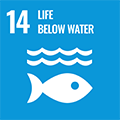
The theme of this SDG's Goal 14 is "Let's protect Life Below the Sea.” Most people would agree that it is very important to protect the ocean, as it occupies 71% of the earth. In Hawaii, where I currently live, we are constantly affected by the ocean and the life it supports. From ancient times, the people of Hawaii have lived with the ocean and have had a deep respect and gratitude for the ocean. Even to this day, we are very close both physically and in heart to the ocean.
When you hear the word "Protect the Ocean", the first thing that comes to mind is pollution. I am sure that you have seen photographs and videos of the ocean filled with trash that destroys the ecosystem under the ocean. Some of the images you may have seen are sea turtles eating plastic bags mistaking them for jellyfish, being tangled in fishing lines, or seabirds getting their heads caught in plastic bottles.
Activities to reduce waste by charging for plastic bags and reducing disposable plastic products have become commonplace these days. At school children are learning them as the “3 R’s -Reduce, Reuse, Recycle.” I have also heard that there is a new “R” that is also being taught called “Refuse.” In any case, the effort to reduce plastic waste is great but in order to truly reduce the waste, we should not only focus on reducing the use but also understand how our human mind distinguishes an object as waste versus necessary things. To explain further, let me share the workshop we held titled "Ocean and Zen" with Rev. Daitsu Tom Wright, another Sotozen priest in Hawaii.
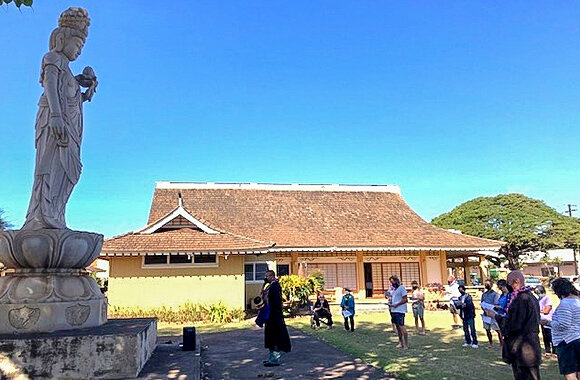
Buddhism has the idea of "emptiness" and the teaching of auspiciousness that the world is all connected by "interdependence." The teaching is that everything in this world does not have a form and rather it is constructed by the relationship it has with one another. From that point of view, when you first think about what waste or garbage is, it simply is something that has finished its role and it lost its intended purpose, and furthermore, it becomes a burden to be carrying person because they don’t appreciate the object anymore.
For example, consider a plastic bottle. When I go out to the beach and if I buy a bottled drink to take with me and a plastic bag to hold my things, at that point, both the plastic bottle and plastic bag are convenient tools for carrying around. Thanks to the plastic bottle, I can carry liquids and rehydrate whenever and wherever I want and the plastic bag frees my hands to let me do other things like using the phone to find my location, take pictures, etc. At this point, we can all say that the plastic bottle and the plastic bags play a role that is essential to what I want and the relationship I have with the two things makes sense and I can be grateful for them.
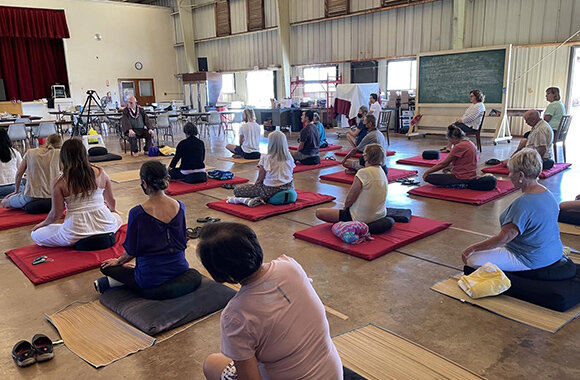
But let's say you get to the beach and you finish the bottled drink. From that point on, many people switch from recognizing the bottle as "necessary things" to "unnecessary things." Not only will plastic bottles and plastic bags get in the way, but if you think it's trash, you'll want to throw it away immediately. What I was grateful for a minute ago becomes trash the next moment. In other words, whether or not it becomes "trash" depends on how you interpret the "relationship" you have.
We had 32 people participating in the "Ocean and Zen" workshop. We talked about the idea of plastic bottles turning into trash and introduced that by incorporating zen teachings, it can enrich our lives and at the same time contribute to the environment and ecological sustainable movement.
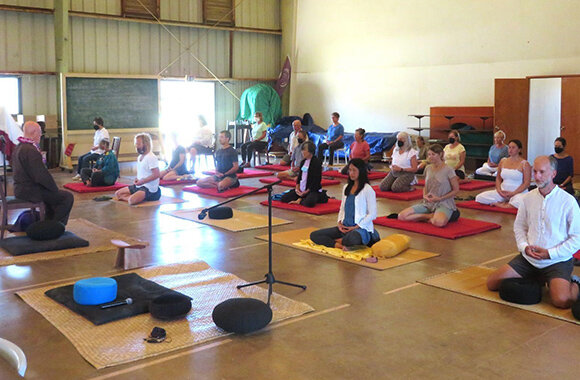
Sitting is not the only Zen, but "Gyoju-zai" taught by Dogen Zenji and Keizan Zenji, all actions are Zen, and picking up trash is also a practice where we can learn the Zen teachings. By deepening your thoughts on practice and how we can study the Buddhist teachings, we can become more engaged in this world.
After finishing the lecture, all the participants moved to the ocean and picked up trash that was drifted by the current or trash that was left by the previous users of the beach. As we all picked up trash on the beach, we reminded ourselves the teachings of zen and the interconnectedness of that object before it was thrown away or left here at the beach. That way, we were able to remind ourselves that many of the things we picked up were in fact important things that people used but became trash once it lost its purpose. All in all, we were picking up the trash for about 30 minutes and picked up a total of about 12 kg of trash.
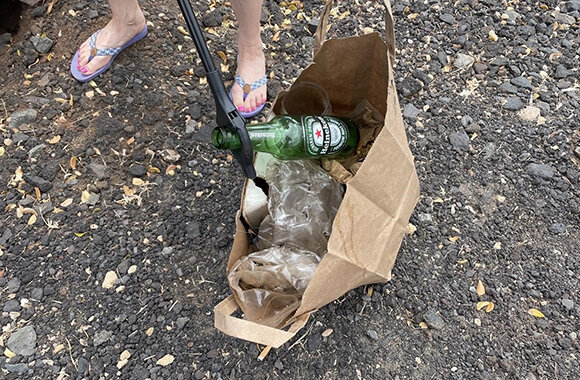
Through this workshop, we were able to understand how we connect with other human and sentient beings, objects, and places. Zen practice isn’t only about sitting down in zazen but how we engage in this world and take action. Recognizing how we interpret the relationship can bring positive and negative consequences to the environment. The value of things is only considered trash because the relationship or connection we have with the object has ended its role. But just because the relationship has ended does not mean that the object itself automatically becomes trash. It is only when you recognize the object as trash that it becomes trash. As the old sayings go, “someone’s trash is another man's treasure.” If we can avoid making judgments based on our own personal reasons, in the bigger picture of all things, we would be able to impact and protect the ocean through the teachings of Buddhism and zen.
Gassho
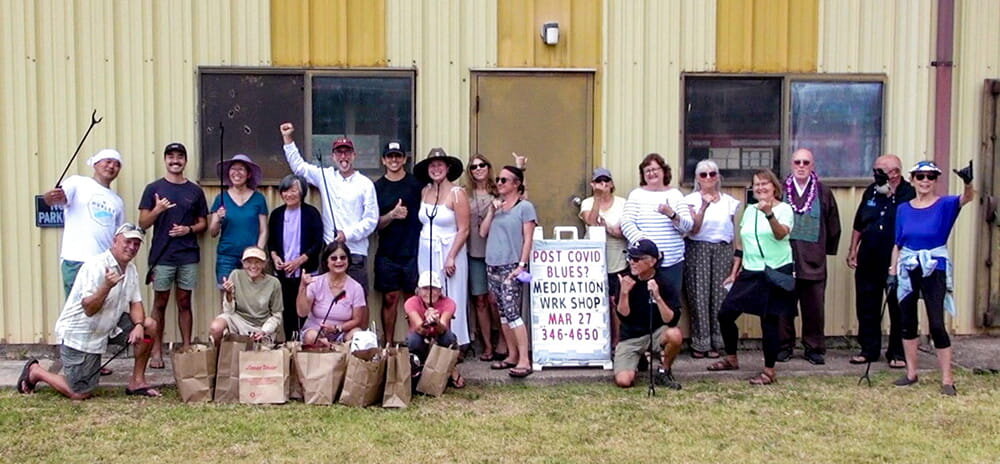
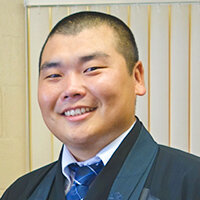
Rev. Hirosato Yoshida is a minister of Soto Mission of Hawaii (Shoboji) and Kauai Soto Zen Temple (Zenshuji).